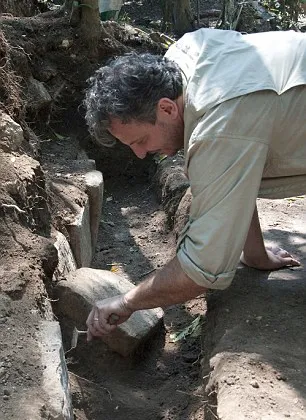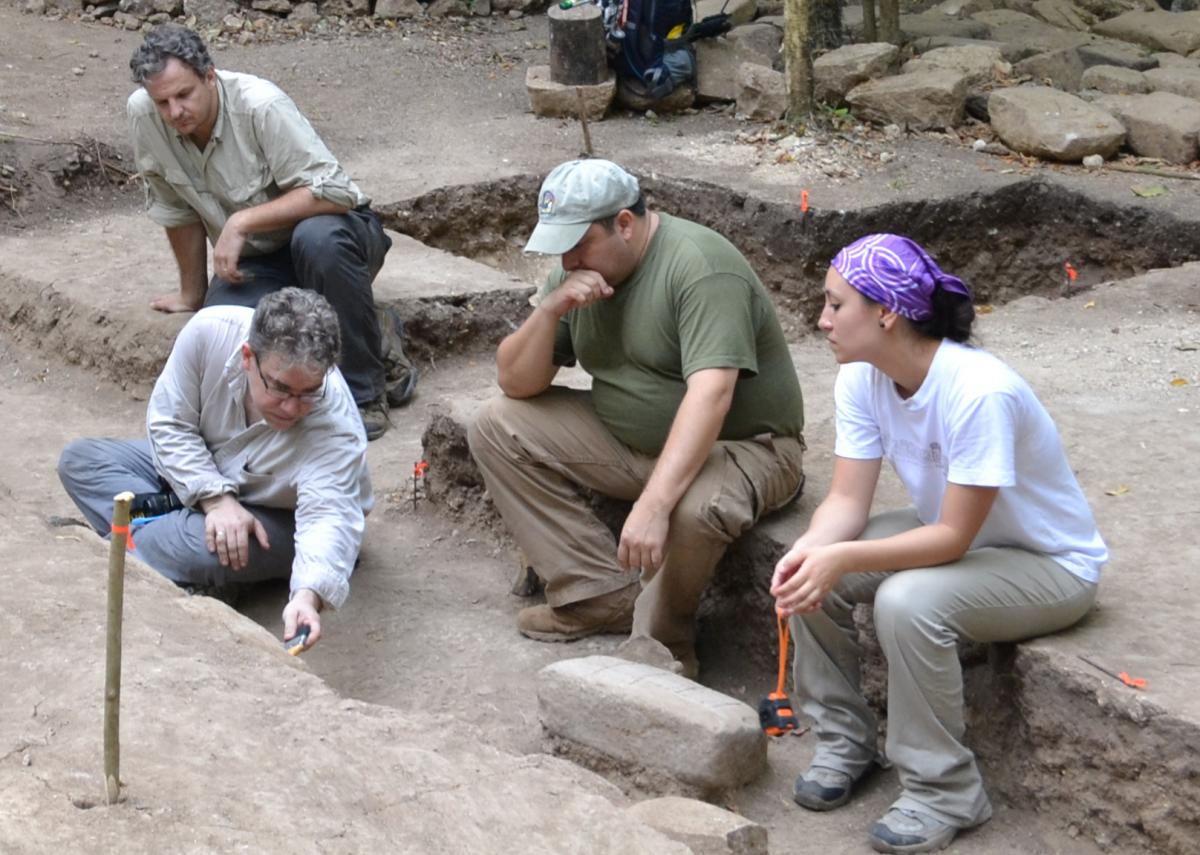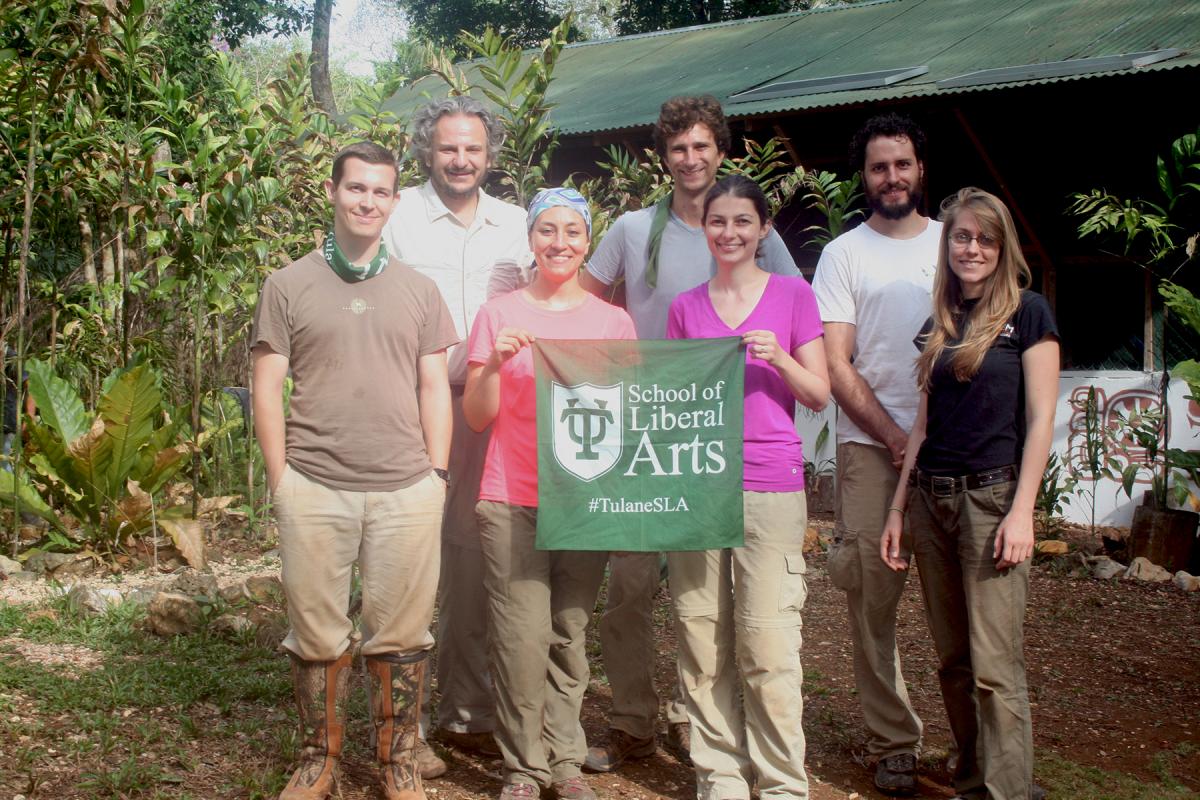
Since 2008, I have co-directed the La Corona Regional Archaeological Project, a research effort that is investigating the Classic Maya site of La Corona located in the scientifically unexplored northwestern part of the Petén jungle of Guatemala. La Corona, nestled within a chain of lakes, was only discovered by the scientific community twenty years ago despite being looted decades earlier when petroleum prospection in Guatemala rendered large swaths of pristine jungle accessible. Soon after, the unregulated antiquities market auctioned off dozens of hieroglyphic monuments ripped from still-unknown La Corona.
Scholars recognized similarities among these looted monuments, postulating some unknown site (which they dubbed “Site Q”) existed somewhere in the Maya jungle. After decades of expeditions failing to confirm the location of the famous “Site Q”, in 2005 I directed an expedition to La Corona that resulted in the recovery of a perfectly preserved hieroglyphic panel identical to “Site Q”’s monuments thereby confirming that La Corona was indeed “Site Q”. I have been conducting research there ever since.
We now know that La Corona produced a uniquely prodigious amount of hieroglyphically inscribed monuments that recorded a wealth of information about Classic Maya political history. Thanks to our excavations, we know that La Corona was an important contributor to a great but poorly recognized political hegemony that ruled much of the Classic Maya region for over two centuries. This hegemony tells us that the political landscape of the Classic Maya was much more centralized and regionally integrated than scholars had previously thought.
Our research allows us to draw better and more insightful parallels between the ancient Maya and other ancient complex societies. In so doing, we are attempting to address one of archaeology’s fundamental questions: how were complex political states formed and maintained in ancient times?


northern Guatemala. David Chatelain, Marcello Canuto, Jocelyne Ponce,
Luke Auld-Thomas, Bobbie Simova, Maxime Lamoureux-St-Hilaire, and
Mary Kate Kelly. All Anthropology doctoral students except Canuto.

